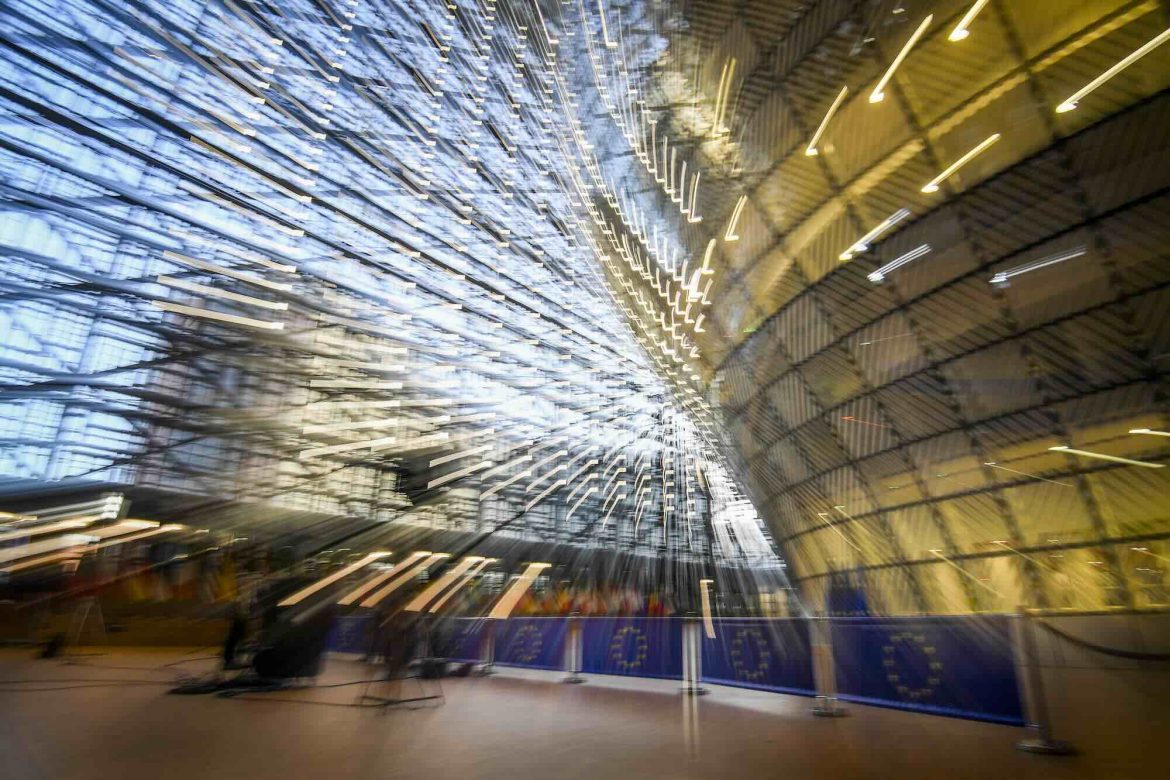EU trade ministers are using a meeting in Brussels today to review the state of the bloc’s trade relations with both the United States and China, as high US tariffs and Chinese export controls shape the EU’s wider economic security agenda.
Meeting as the Foreign Affairs Council (Trade), ministers are assessing progress in implementing the joint EU–US trade statement agreed on 21 August and a separate tariff deal reached in July, while also considering possible responses to Chinese restrictions on critical raw material exports. Over lunch, they are due to be joined by US Commerce Secretary Howard Lutnick and US Trade Representative Jamieson Greer for a discussion on transatlantic trade co-operation.
US tariffs remain at the centre of the agenda
At the core of the talks with Washington are the elevated US tariffs on EU steel and aluminium. Section 232 duties were raised to 50% for almost all trade partners in June, a level that has been maintained on EU metal exports despite broader negotiations on a new framework for transatlantic trade.
EU urges U.S. to scrap metal-content tariffs on ‘derivative’ goods
The August joint statement between the EU and US set out a framework agreement on “reciprocal, fair and balanced trade”. For most EU exports, the United States committed to cap tariffs at a maximum of 15%, including for cars and a wide range of industrial products. Pharmaceuticals and semiconductors remain at zero for now, but could rise to that ceiling if brought into future US import investigations. Steel and aluminium were explicitly excluded from the 15% cap, leaving them subject to the much higher 50% rate.
In addition, since mid-August the United States has applied the 50% metal tariff to the steel and aluminium content of more than 400 derivative products, including items such as motorcycles, refrigerators and machinery. EU officials fear that list could expand again in December, widening the impact across European manufacturing sectors.
The July trade deal is meant to provide further tariff reductions and improved access for US products in the EU market, notably in areas such as industrial goods and some agricultural items. However, the agreement left the 50% steel tariff untouched, prompting strong criticism from European industry and resistance from members of the European Parliament, who have questioned whether the package is balanced and compatible with WTO rules.
MEPs seek time limit and rebalancing tools in transatlantic tariff deal
Ministers in Brussels are now pressing Washington to “apply more” of the July accord, including advancing discussions on lowering or restructuring the steel and aluminium tariff. US officials, for their part, are signalling that further movement on metals will depend on EU flexibility in other areas, including aspects of digital regulation and green industrial support schemes.
Balancing de-risking and dependence with China
The second major focus for ministers is the EU’s trade relationship with China, particularly Beijing’s use of export controls on critical raw materials. Since 2024, China has tightened controls on exports of gallium, germanium and graphite, as well as a range of rare earth elements vital for semiconductors, batteries and defence-related technologies. These measures have contributed to higher input costs and uncertainty for European manufacturers.
Earlier this month, China announced a 12-month suspension of some rare earth export restrictions, introducing a general licence system that eases day-to-day export procedures while keeping the legal framework for controls in place. The move has provided short-term relief but leaves Beijing with significant leverage over global supply chains. Recent discussions between EU and Chinese officials have focused on maintaining supply stability and exploring the possibility of extending general licences to benefit EU end-users, after the United States secured such treatment in earlier talks.
For the EU, these developments intersect directly with its 2023 Economic Security Strategy and a forthcoming “economic security doctrine”, which is expected to offer a more operational toolkit for managing economic dependencies and coercive measures. Draft plans, due to be presented in early December, envisage a more systematic use of trade defence instruments, investment screening and export controls, while seeking to preserve open trade where possible.
A constrained space between two major partners
Taken together, the discussions with the US and China highlight the constrained position in which the EU finds itself. On one side, European exporters face high US tariffs on steel, aluminium and a growing list of derivative goods, alongside a new 15% ceiling on many other exports. On the other, key European industries remain exposed to Chinese decisions over critical mineral exports, even with the current temporary suspension of some controls.
Ministers in Brussels are therefore working on parallel tracks: encouraging Washington to implement fully the recent trade agreements, including revisiting steel and aluminium tariffs, while advancing a de-risking agenda towards China that reduces strategic dependencies without moving to full decoupling. Options under discussion include deeper partnerships on critical raw materials with other producing regions, a more co-ordinated G7 response to export controls, and closer alignment between trade, industrial and climate policies inside the EU.


